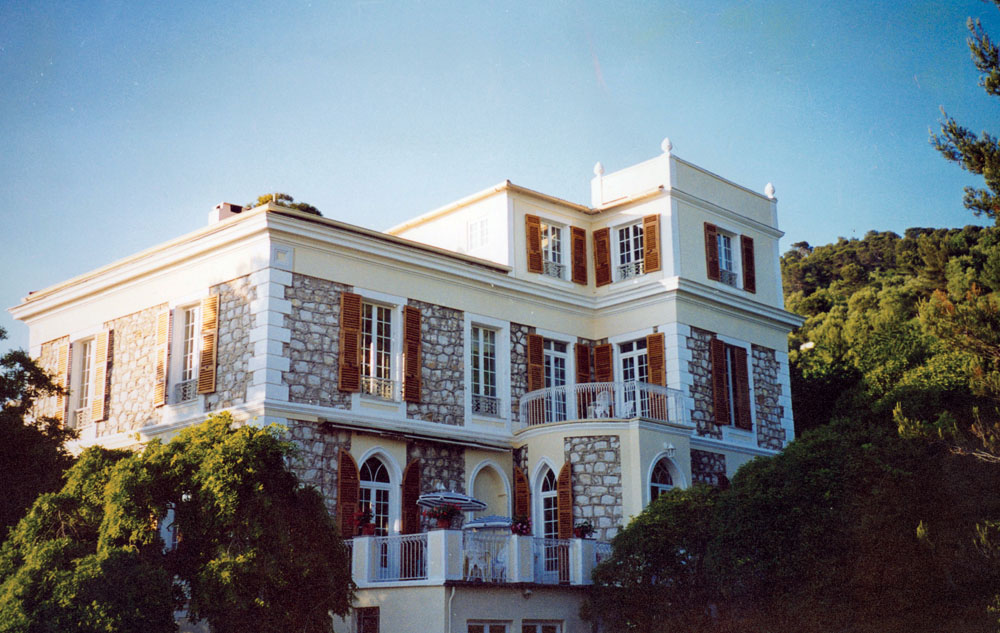|
Henri Chrétien
Henri Jacques Chrétien (1 February 1879, Paris – 6 February 1956, Washington, D.C.) was a French astronomer and an inventor. Born in Paris, France, his most famous inventions are: - the anamorphic widescreen process, using an anamorphic lens system called Hypergonar, that resulted in the CinemaScope widescreen technique, and - the co-invention, with George Willis Ritchey, of the Ritchey–Chrétien telescope, an improved type of astronomical telescope, employing a system now used in virtually all large research telescopes. He spent part of his early astronomical career at the Nice Observatory, which was close to his house, the Villa Paradou. The Villa was built by famous French architect Charles Garnier who also built the Opera of Paris. In 1995, the abandoned villa was acquired by the artist Rainer Maria Latzke, who restored it and added new murals to the existing frescoes. Chrétien was one of the founders of the ''Institut d'optique théorique et appliquée'' and ... [...More Info...] [...Related Items...] OR: [Wikipedia] [Google] [Baidu] |
Mount Wilson Observatory
The Mount Wilson Observatory (MWO) is an astronomical observatory in Los Angeles County, California, United States. The MWO is located on Mount Wilson, a peak in the San Gabriel Mountains near Pasadena, northeast of Los Angeles. The observatory contains two historically important telescopes: the Hooker telescope, which was the largest aperture telescope in the world from its completion in 1917 to 1949, and the 60-inch telescope which was the largest operational telescope in the world when it was completed in 1908. It also contains the Snow solar telescope completed in 1905, the 60 foot (18 m) solar tower completed in 1908, the 150 foot (46 m) solar tower completed in 1912, and the CHARA array, built by Georgia State University, which became fully operational in 2004 and was the largest optical interferometer in the world at its completion. Due to the inversion layer that traps warm air and smog over Los Angeles, Mount Wilson has steadier air than any other location in ... [...More Info...] [...Related Items...] OR: [Wikipedia] [Google] [Baidu] |

